
#GLÜCK: DEBUT ALBUMS, HAPPINESS & GOING GLOBAL WITH CENTRAL CEE AND LUCIANO
“Happiness is simple, bro. Family and health, innit?”
Interview by Seth Pereira
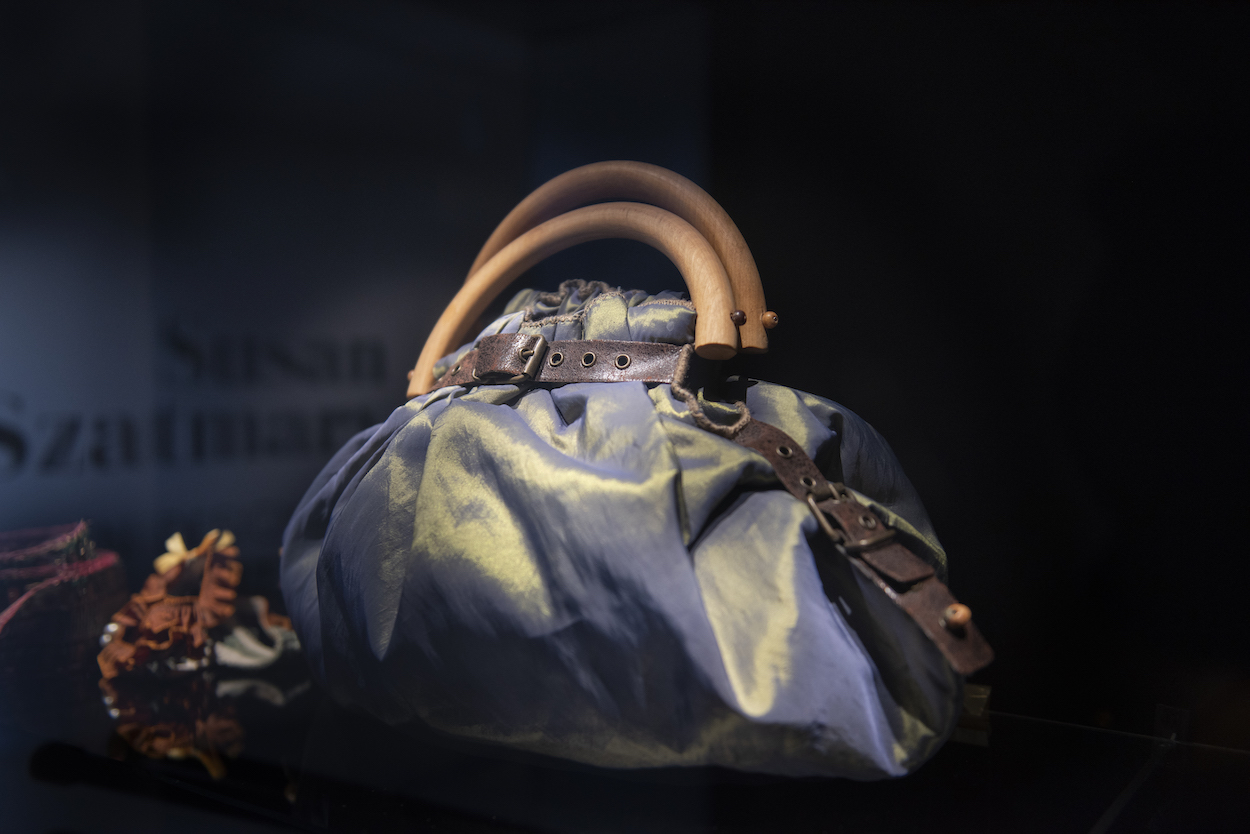
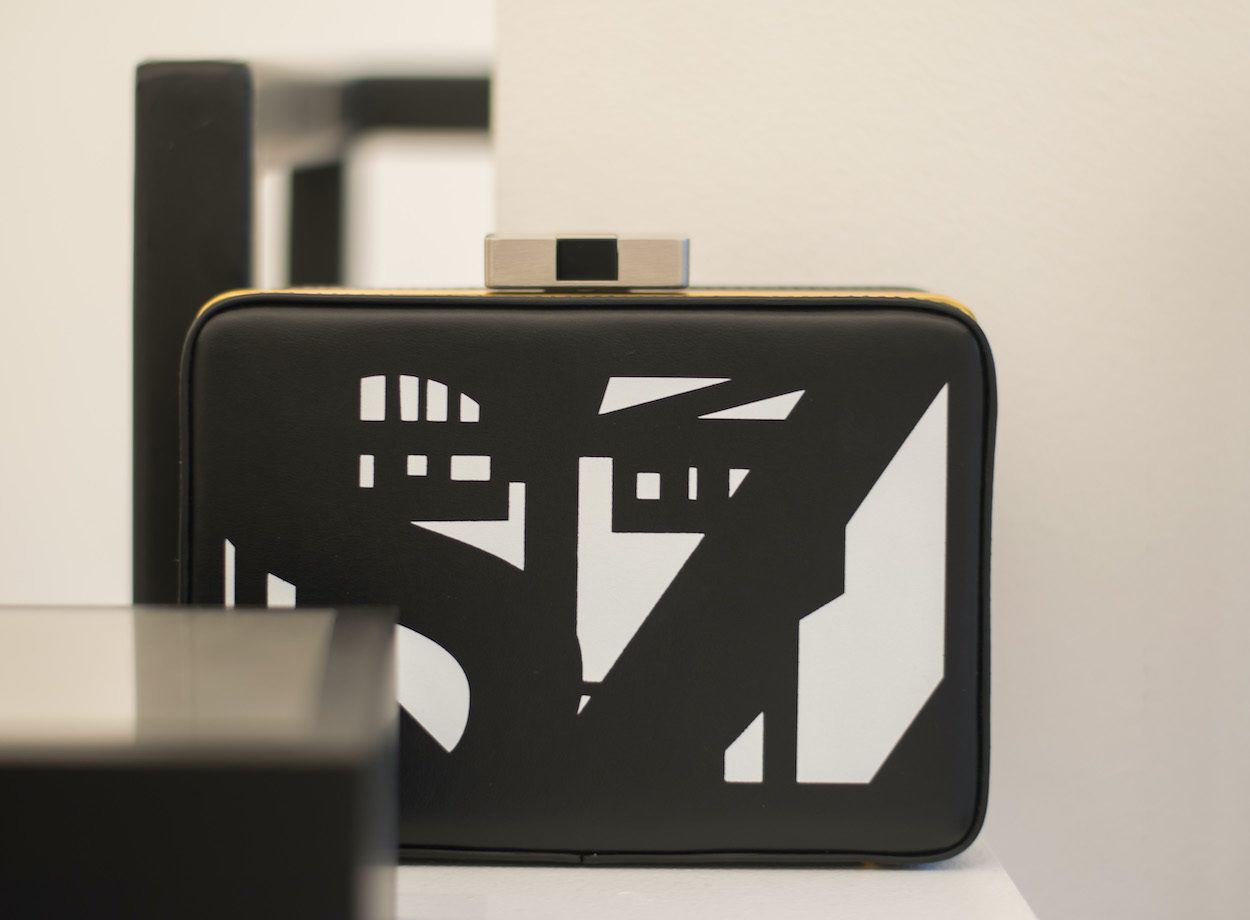
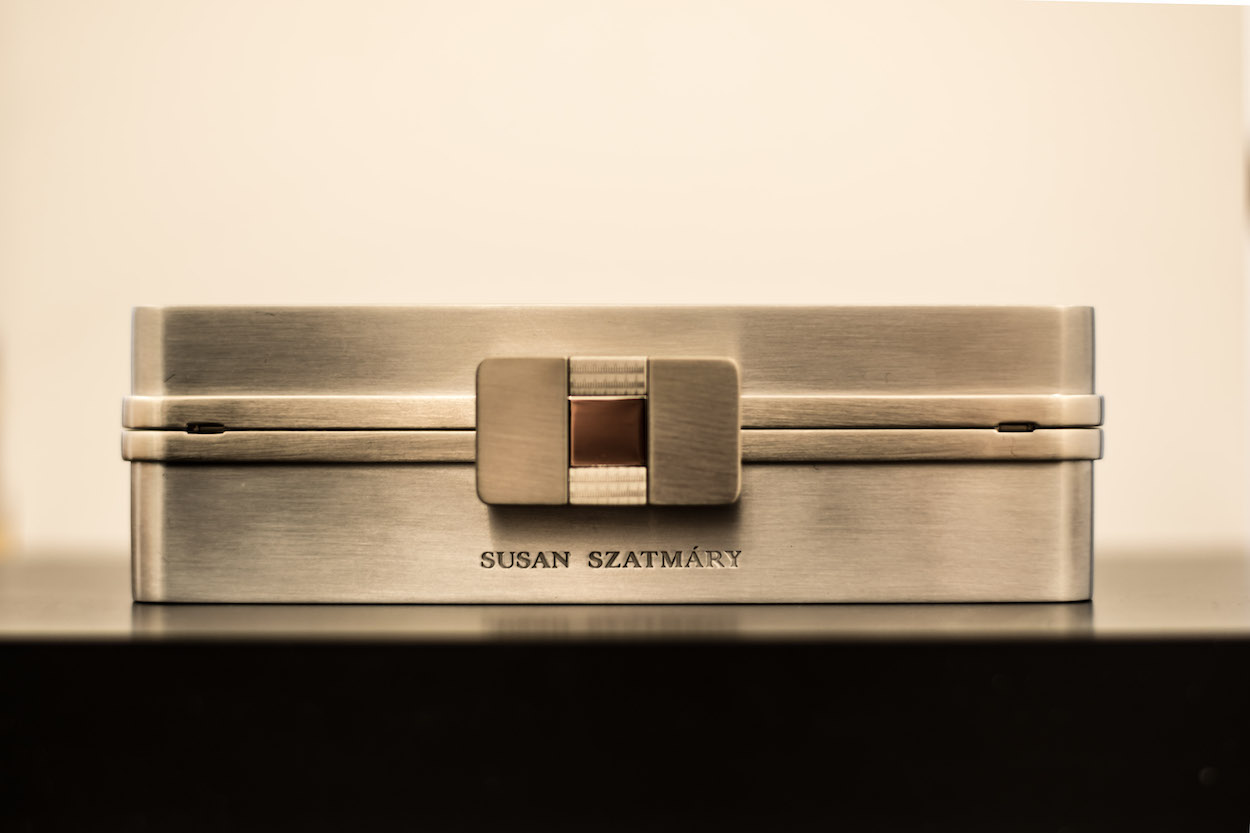
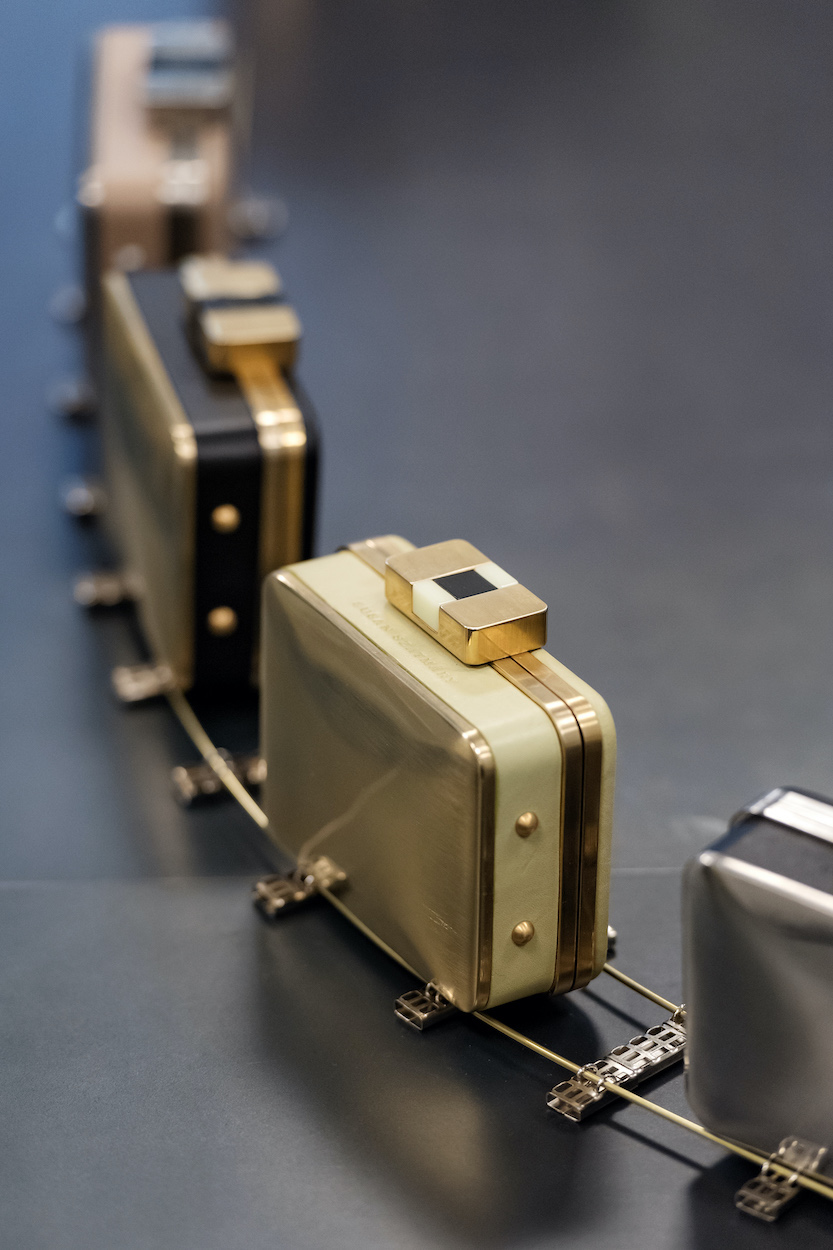
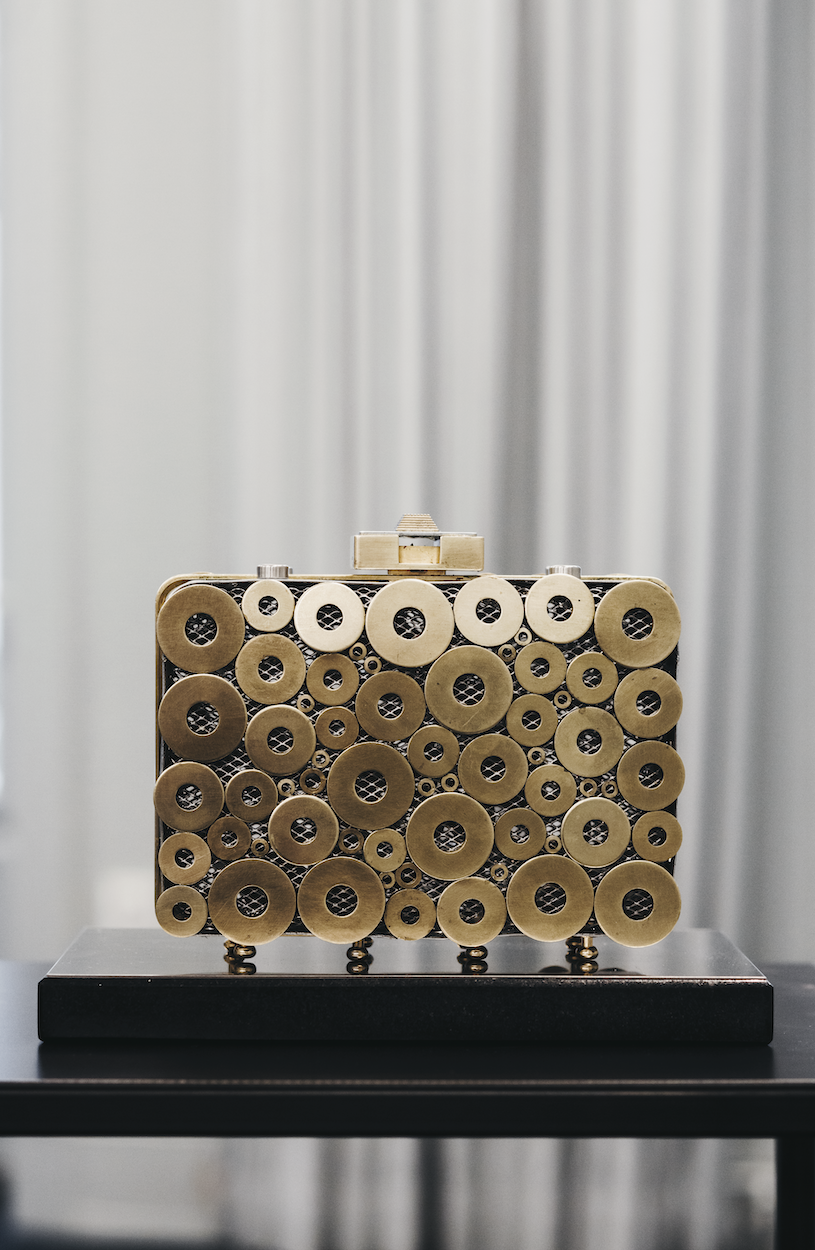
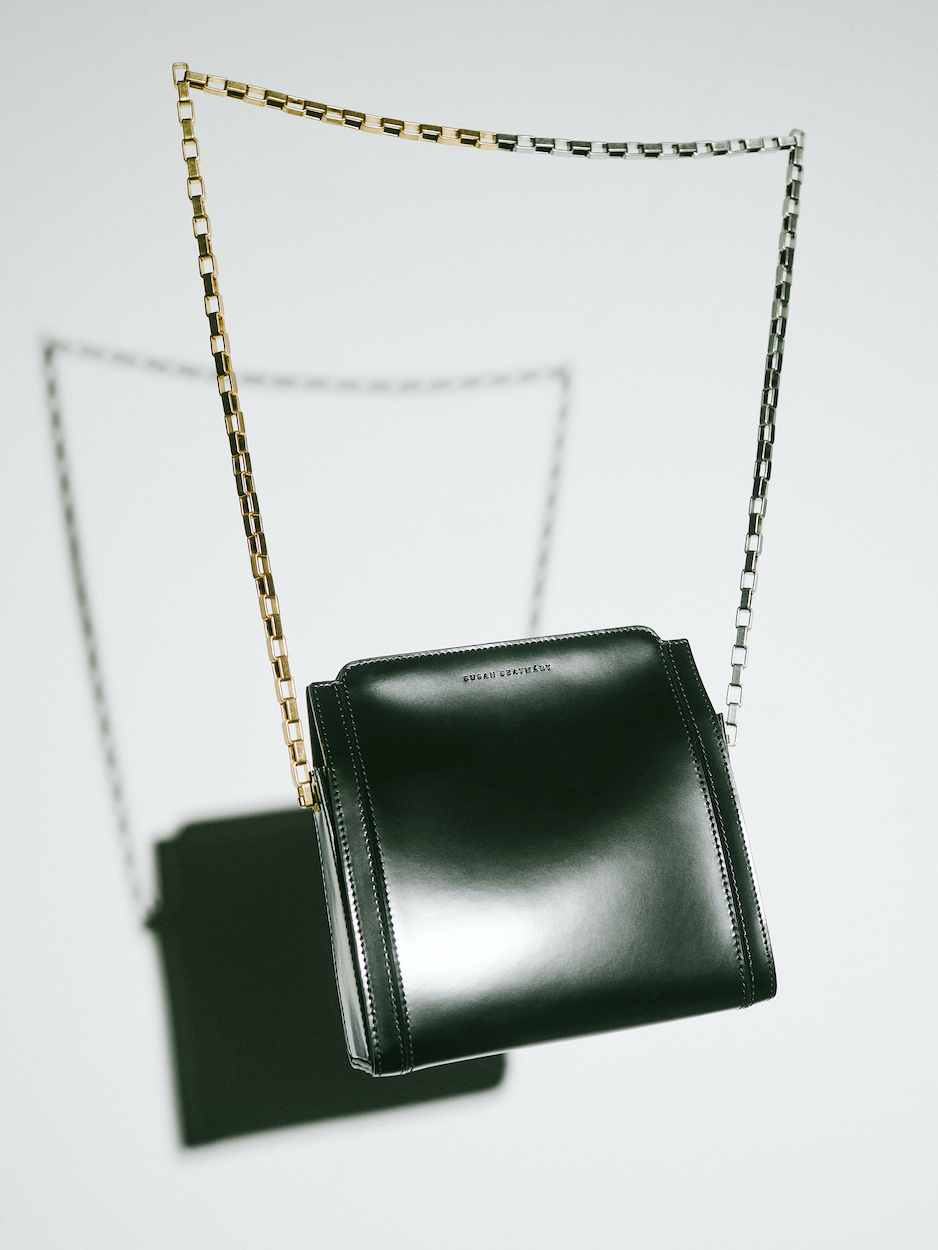
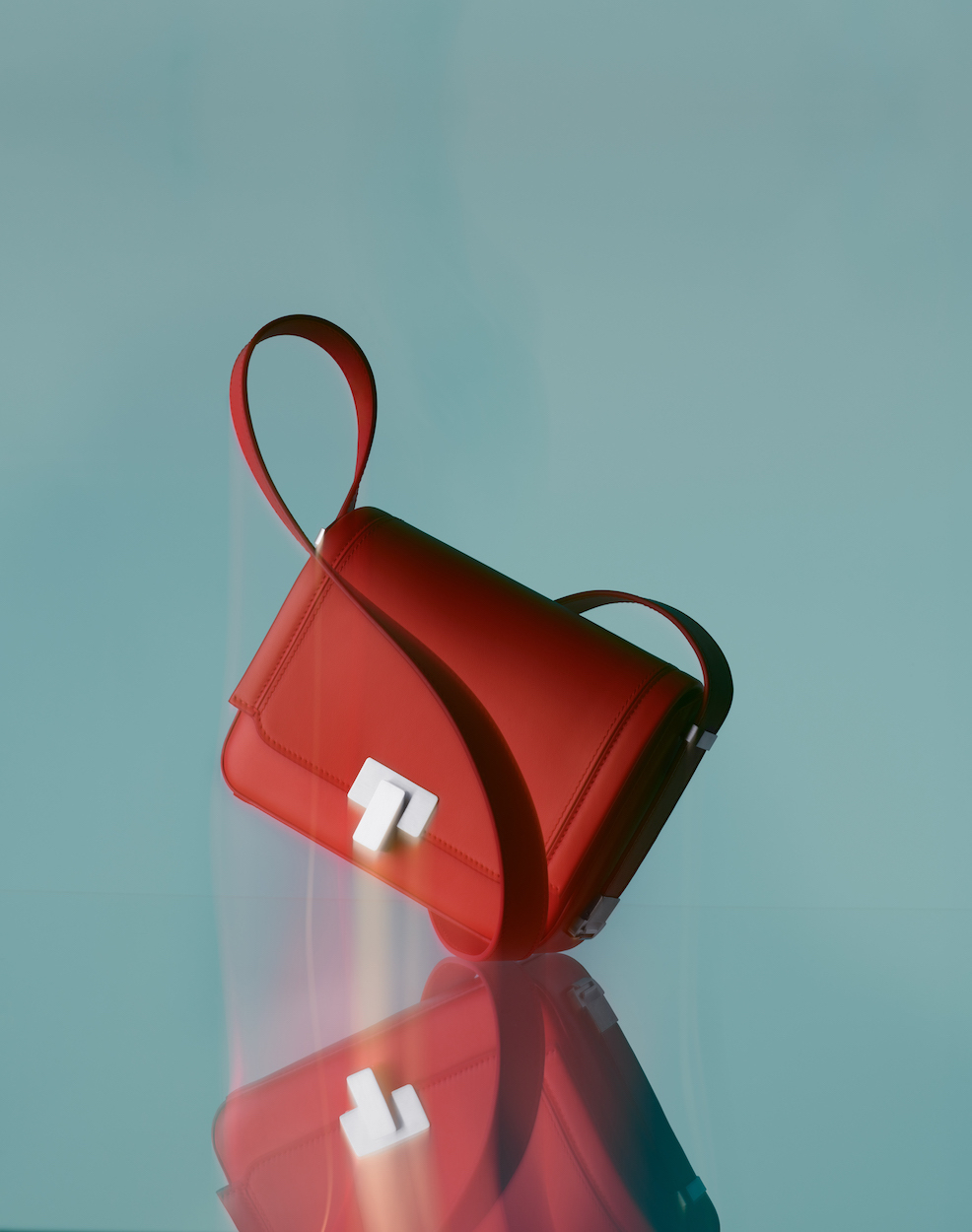
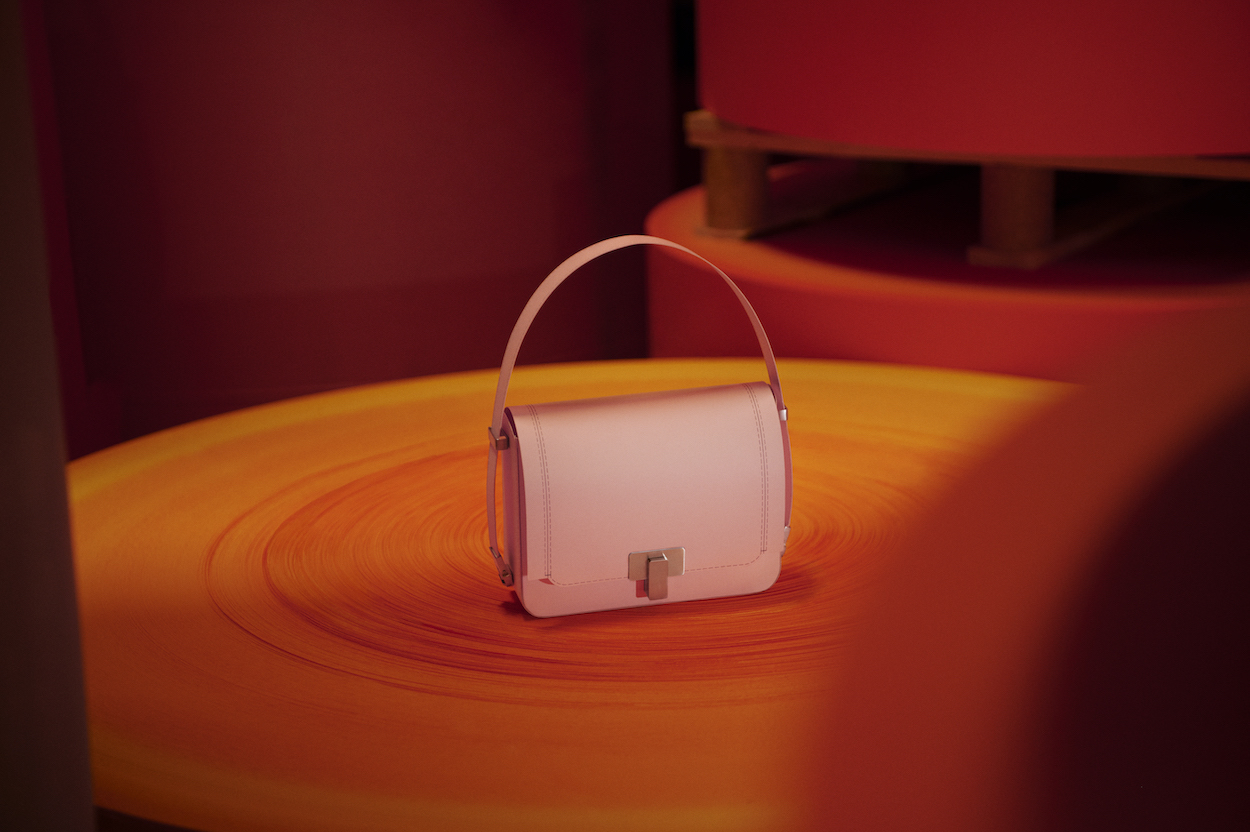
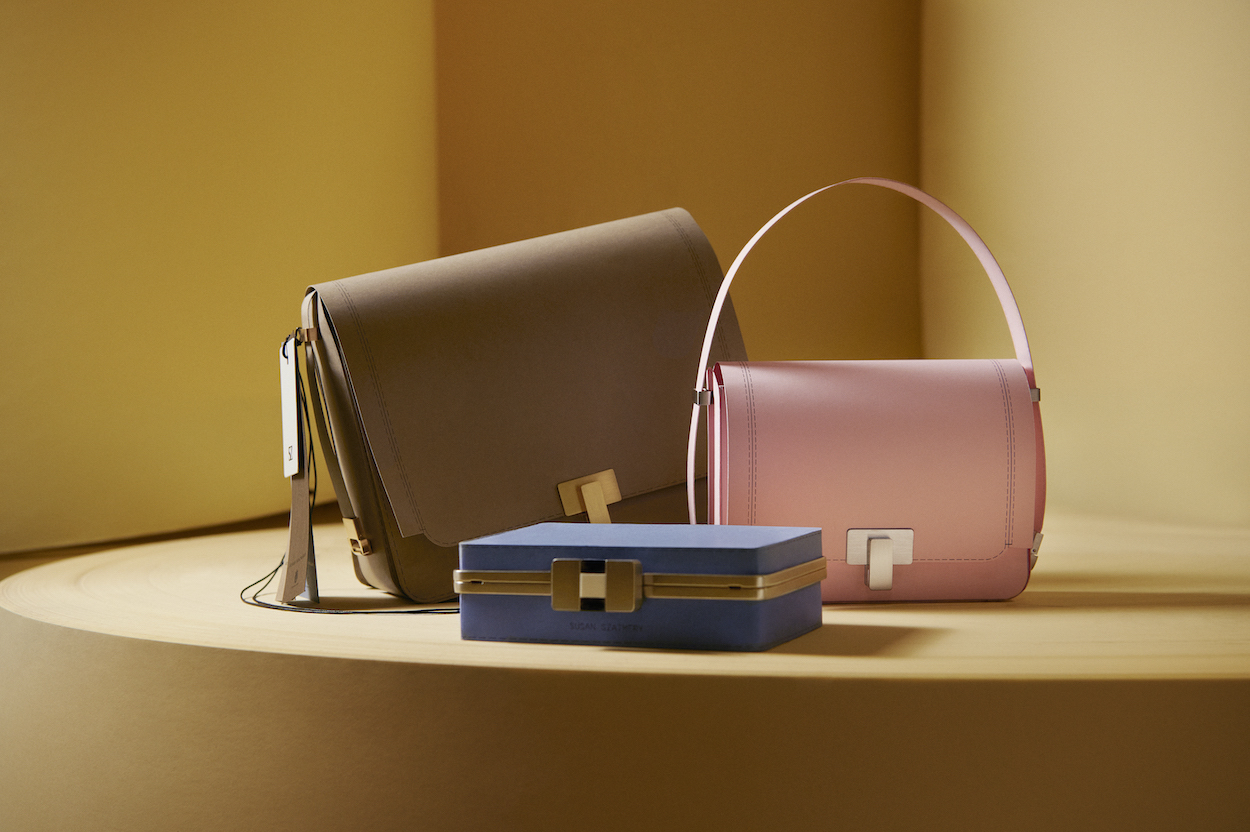
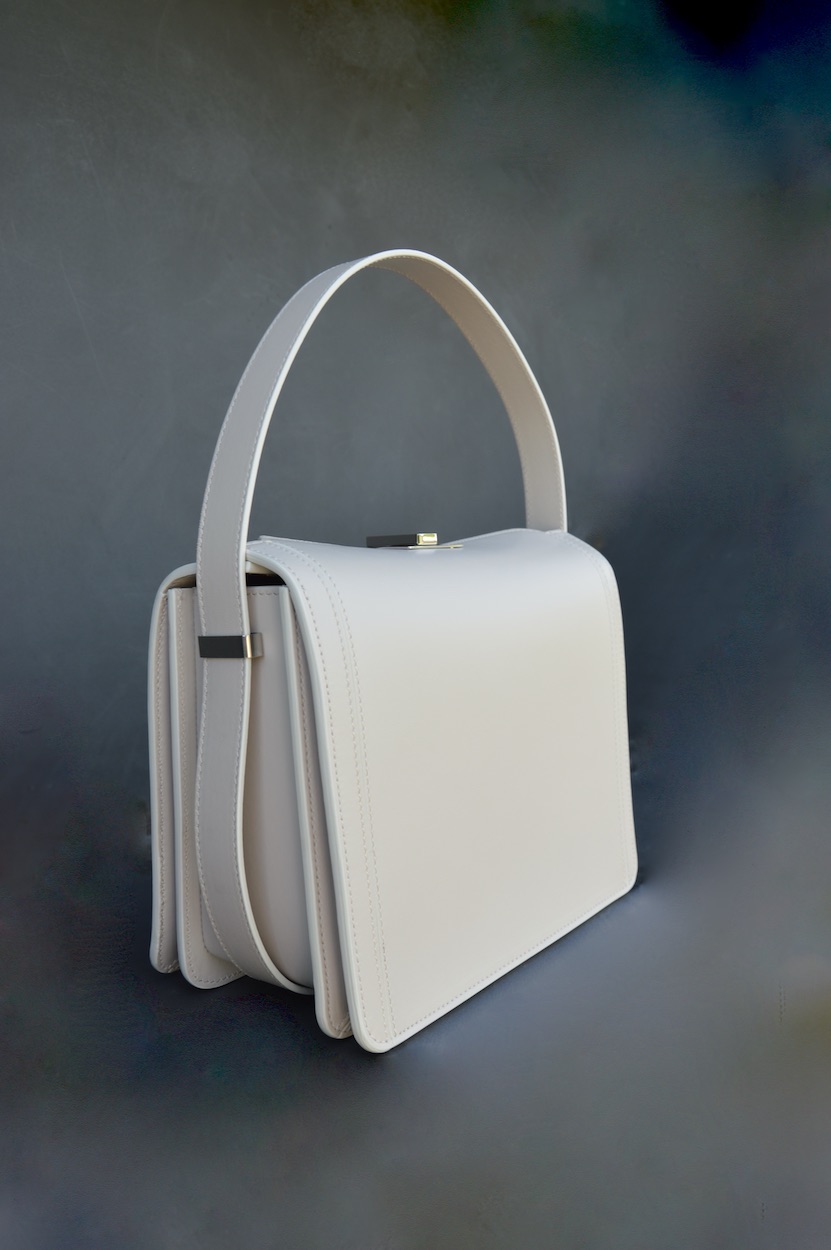
Why designing a good bag is like designing a house.
The bags Bagdad-born and Sweden-based designer Susan Szatmáry creates are those kinds of luxury items people stop you for on the streets, especially in Paris. It happened to me many times, an experience that, if you know Parisian culture, does not happen too often. Szatmáry’s designs are special not because they scream for attention, but because they combine elegant, minimal design with “Made and handcrafted in Italy” quality and, above all, smart functionality. Her collection of shoulder bags and structural clutches shows her obsession with both craftsmanship and the structural perfection of architecture, which is her biggest source of inspiration. Her bags, made of naturally dyed calf leather sourced in Italy with a constant awareness of sustainability, elevated with gold-dipped and brushed brass hardware, all have French names that originate from places she used to move around in Paris while she lived and worked there. Collecting precious experiences at big houses such as Alexander McQueen, Celine, Paco Rabanne, and Elie Saab, Szatmáry launched her namesake brand in 2018. Since then, she is organically growing, supported by ambassadors like the Scandinavia Royalty. When Princess Sofia was wearing one of her bags for the Nobel Prize, a dream came true for Szatmáry.
We are sitting at a café close to the Palais Galliera to speak about her almost magical destination to follow her passion. At Galliera, the famous fashion museum, she just released an exclusive range of small leather goods for its boutique, where museum’s director, Miren Arzalluz, handpicks special items and biographies of the worldwide most renowned fashion designers. Her exclusive capsule includes three models of card holders: “Alma Marceau”, “Iéna”, and “Galliera”, as well as a phone holder, “Trocadéro”. They were all inspired by the architecture and sophisticated language of the museum. When Szatmáry speaks about it, her eyes are sparkling. This talented woman really lives her dream while still being so humble and grateful. Speaking to her feels like having access to a child that cannot wait to realize all its ideas, living in a “we just got started” energy. And it is true: being forced to also push through the years of Covid as a young brand, there is still so much to come for Szatmáry and her independent brand. Shoes maybe next?
Susan Szatmáry: I always wanted to be an artist when I was little but was struggling to find my way. So I tried out different things, like painting and scenography. I spent a lot of time in my mother’s studio, who was a potter. This is where I started to experiment working with leather. I was buying vintage jackets to remake them into handbags. People started noticing and showed interest. There was one shop that asked me if I sold these bags and offered me a commission. I felt like this world was really calling me.
Yes, I mean, I was still a teenager, so I just experimented with cutting leather jackets, using belts as a handle, etc. Actually, the whole collection is now in a museum in Sweden as part of an exhibition. At some point I went to Italy and decided to learn more about “Made in Italy”, on how to sketch, how to design, and how to work on leather. I found a school in Rome that focused on accessory design, so I started a course. I learned so much there and finished the course with the best grade of the class, so the headmaster introduced me to a Gaetano who worked for Balmain and McQueen. I called him and arranged an interview, so about six months later he asked me to come to London. This is how I got my first job working at Alexander McQueen as a bag and shoe designer. That was in 2005, when Lee was still alive.
It was amazing; we worked at the same studio, so there was Lee and Kate Moos coming in frequently. I also loved working for Paco Rabanne. He was definitely one of my idols; he always loved to do things by hand. As you might know, he started as a supplier, working for a lot of different houses in Paris, designing clothes, until he had found his own design.
Actually, I met my husband, who wanted to leave Paris, so I started to reflect on my next steps. I did a collaboration with &Other Stories, a commercial collection that was not super luxurious, but I really wanted to stay in the “Made in Italy” world. In 2018, I then launched my own brand. The following year I was named “Accessories Designer of the Year” by ELLE Sweden and won “Guldknappen Accessoar” (Gold Button Accessory) with Damernas Värld. Our amazing ambassadors, such as the Crown Princess of Sweden, helped us a lot too. We had magazines such as Vogue writing about us, and since then we were growing quite organically, having retailers and doing special projects.
I think we found our niche, offering quality as an affordable luxury with great technique and functionality with the right amount of minimalism, such as less logo and branding. Our production is in Italy; all is handmade, and we work with the best leathers sourced in Italy as well.
For me, a bag needs to talk to you; you really should have a feeling of wanting to hug it, to wear it every day. This is also why our clients always come with bags; they find the perfect bag for day and evening; they are practical and sophisticated and have lots of style. I was myself looking for the ruby bag. That was the first style that we designed at Palais Royal. I wanted a beautiful bag that can fit a small water bottle, some books – a functional travel companion. And I love transformable bags.
We work with the suppliers that have stock service leather. It means if we want to do one bag, we will buy only one leather. It is more sustainable; we don’t have a lot of waste. In the beginning, we couldn’t afford it, but now it has actually become our signature. We work with three leathers, three qualities, and for this reason, we don’t have a big deadstock.
We want to always make sure that our leathers are of high quality and long lasting; this is why we work for now with conventional leather. For me, the sustainability approach lies in using leather that has already been produced. Also, a very innovative sustainability-supporting service we offer is that we rent out our bags from the boutiques for a small fee, 10 percent from the sales price. We have a shop in a hotel in Stockholm in which we offer this renting service to guests very successfully.
Yes, I see them as very engineered. Designing a good bag is like designing a house. You need a really well-thought-through conceptual idea and the best construction.
Yes. That’s another category that we will open for sure – another dream. The shoe production is just more challenging; this is why we started with bags. But I can design shoes with my eye closed, and I love shoes. It would be another product that fits into a world that does not focus on trends so much but rather on style.
We like to work with the long-term partners, with people who understand our universe and adopt it into their own. And this should be a global, universal language: We sell a lot of bags in Japan but also in America. I think if you see women wearing our bags all over the world, that means we did something right. And I believe it also goes back to all the different countries and cultures that inspire my work – the French, Italian, Scandinavian, Metropolitan – it all fuses in my work.

“Happiness is simple, bro. Family and health, innit?”
Interview by Seth Pereira

It's the 6th edition of Fashion Positions, the Berlin fashion fair that has more in common…
Interview by Marcus Boxler

Anna Van der Velde, a visual artist and filmmaker, is known for constantly challenging…